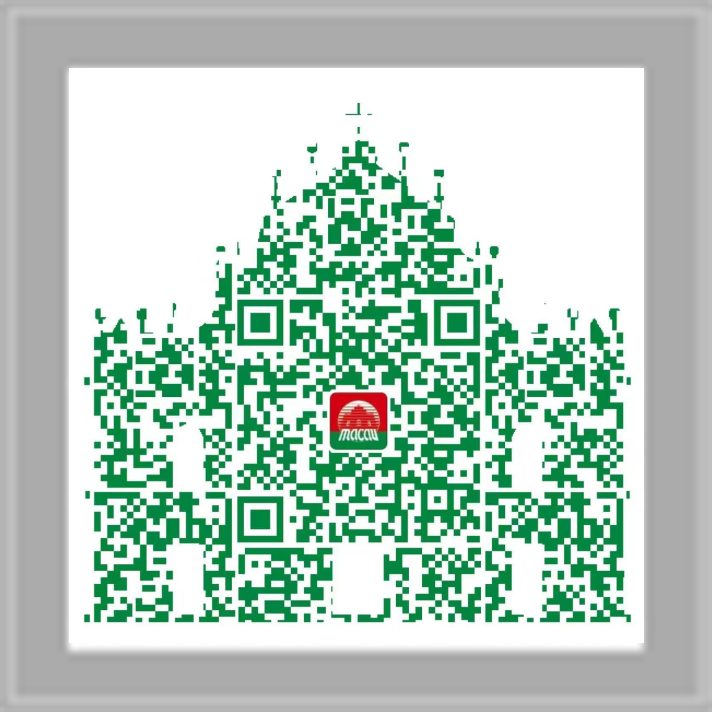Discover Zhaoqing
Zhaoqing is blessed with an abundance of breathtaking scenery. Within the city lies the enchanting Seven Star Crags, whose picturesque formations are beautifully mirrored in the serene waters of Star Lake. During the cooler months, mist veils the lake, adding to the tranquil ambience of the mountainous landscapes.
Foodie Street at Wenming Road
With a length of about 730 metres, Wenming Road is a famous night market in Zhaoqing. It was once known for the Hainan yellow pear wood — a treasured tree species on China’s list of Endangered Plants Under State Protection (Category II) — planted on both sides.
Nowadays, the road is lined with time-honoured restaurants, dessert shops, and stalls selling local snacks, earning itself the reputation as the night paradise for local gourmets and tourists alike. Among all the great dishes offered, wrapped sticky rice dumplings are the most famous in Zhaoqing and should not be missed. After enjoying a big feast, check out the stalls in the night market for nice apparel and accessories at appealing prices.
Grand Ceremony of Worship of Confucius + Deqing Academy
Originating in the Song Dynasty, the Grand Ceremony of Worship of Confucious had been passed down through generations and reached its height of prosperity in the Qing Dynasty. The ceremony is now an important memorial event for the public to worship and pay tribute to Confucius, one of the most influential teachers and philosophers of Chinese history.
Established in the Song Dynasty, Deqing Academy is the oldest temple in southern China. Confucius is enshrined in the temple, which has a long history of holding ceremonies to worship the Chinese saint. The ceremonies integrate singing, dancing and music performances; pigs, bulls and goats are offered as sacrifices. After the ceremony, local people worship Confucius according to their customs to express their respect and remembrance.
The Grand Ceremony of Worship of Confucius is organised at Deqing Academy two times a year, one in spring and the other in autumn. The spring ceremony is held on the 15th day of the first month of the Chinese lunar calendar, while the autumn ceremony is held on a selected day during the first half of the eighth month of the Chinese lunar calendar. The ceremony is divided into six parts, from welcoming Confucius to attend the ceremony to offering sacrifices and seeing Confucius off. There are also traditional Six Row Dance performances as part of the event.
Qingyun Temple in Zhaoqing
Founded in 1636, Qingyun Temple (which means ‘auspicious cloud temple’) in Zhaoqing got its name from the clouds curling over the mountain summit. It’s nestled in the Dinghushan Scenic Area, enveloped by mountainous ranges and greenery. Acclaimed as one of the Four Great Buddhist Temples in the Lingnan region, it displays a unique architectural style quintessential of the aesthetics of the East and is enormously famous at home and abroad.
More than 100 halls of varying sizes are erected within the temple, which is frequented by faithful worshipers who come to pay homage. A rich array of cultural relics is housed in the temple, including notable items such as the Great Dharma Seat of the Prince of Pingnan and a grand tablet bestowed by Empress Dowager Cixi during her 60th birthday.
Qingyun Temple provides a peaceful environment. In front of the temple is a spacious platform and a large garden full of flower blossoms; behind the temple stands the undulating Sanbao Peak, which sets the background for enhanced solemnity and majesty of the temple, attracting a large number of believers and tourists.
Temple of Dragon’s Mother in Yuecheng
Boasting a history of over two millennia, the Temple of Dragon’s Mother in Yuecheng is not only the oldest temple in the Lingnan region but also a crown jewel of ancient Chinese architecture — it’s the only architectural gem from such a bygone time. It’s also acclaimed as one of the ‘Three Treasures’ of Lingnan ancient architecture, along with the Chen Clan Ancestral Hall in Guangzhou and the Foshan Ancestral Temple in Foshan.
The main structure of the temple consists of multiple buildings, including archways, gates, the main hall, an incense pavilion, and the tomb of Dragon’s Mother. The essence of the design lies in four types of carvings — brick carvings, stone carvings, timber carvings and lime carvings — and also pottery sculptures. Impeccable craftsmanship is evident in even the smallest bricks, where carvings of four to five vivid figures can be observed.
Dragon’s Mother has long been worshipped in the history of Chinese culture. Every year from the first day to the eighth day of the fifth month of the Chinese lunar calendar, the birthday of Dragon’s Mother is celebrated with a temple fair. Pious believers would gather in the temple to take part in a variety of cultural activities. This event was inscribed on the China National List of Intangible Cultural Heritage in 2011. With enormous support from believers since ancient times, the Temple of Dragon’s Mother in Yuecheng is regarded as the spiritual home of the Dragon’s Mother belief by Chinese people around the world.
Zhaoqing Ancient City Wall
First built in 1053, Zhaoqing Ancient City Wall spans 2,800 metres and displays the architectural essence of the Han ethnic group during the Song Dynasty. Hailed as the ‘Small Great Wall in Zhaoqing’, it’s also the most significant cultural landmark in the city.
Despite having undergone repair more than 20 times, the Zhaoqing Ancient City Wall has remained intact, with its original layout preserved and its gates kept at the same old locations. It’s the only extant ancient city wall in Guangdong Province today. Visitors will encounter blue bricks from the Song, Yuan, Ming and Qing Dynasties, as well as from the era of the Republic of China. Admiring the traces of time at this living ‘museum of bricks’, you’ll find yourself immersed in history as you stroll around.
Reprinted from the website of the Hong Kong Tourism Board,click here.
-
Scan to open the current page on your phone









